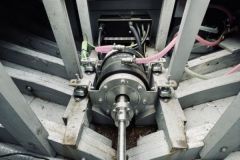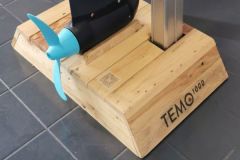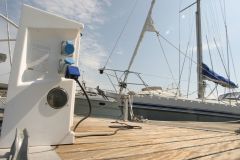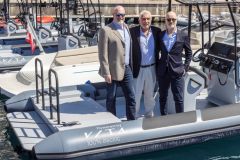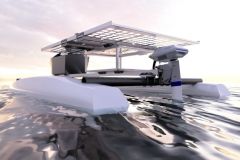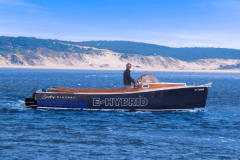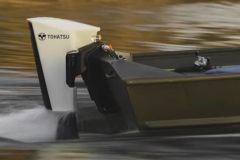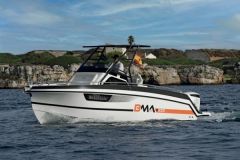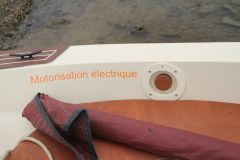Boat propulsion inspired by fish and heart pumps
The new FinX electric thruster looks from the outside like a simple warhead, with a hole in the front and a second, larger one in the back. It contains a circular membrane inside. Attached to the winding of an electric motor, the current flowing around it sets it in motion, creating a wave-like, fin-like phenomenon. The water is then set in motion. " It mimics the movement of sea animals. It is a technology that is already mastered in industrial pumps or for medical pumps in the cardiac field for which it has been patented. We have the exploitation of the patent for marine propulsion.. "explains Harold Guillemin, founder of FinX motor.
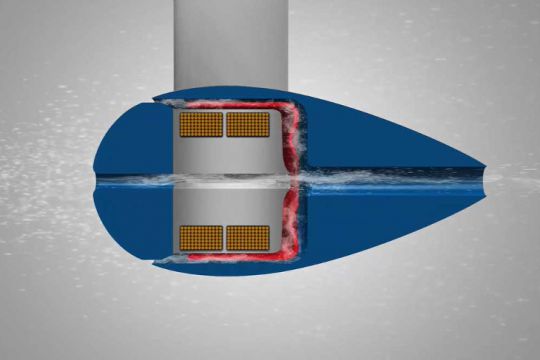
No propeller: more safety and robustness
The absence of a propeller is the major specificity of FinX compared to other propellers. It is a guarantee of safety for the recreational user, avoiding any risk of injury. Without any mechanical connection, pinion or friction, the only wearing part is the membrane, guaranteeing discretion and low maintenance. " It is extremely robust and is capable of handling debris. We see it in industrial pumps. And it can be changed quite easily "adds Harold Guillemin.
The manufacturer also claims high performance, with up to 30% energy savings compared to a propeller at the same speed (Editor's note: in favourable cases).
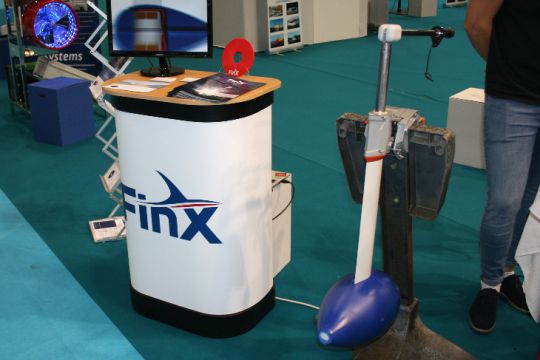
Prototype exhibited at the Nautic 2019
2 models of thrusters under development
FinX is currently finalizing its industrialization and is planning public trials in early 2020. Two models are present in the catalogue at first.
The D70, dedicated to drones and small watercraft, weighs 320 grams. It offers a maximum thrust of 0.5 kgf, absorbing a maximum electrical power of 200 W. It is sold in pre-order at 199euros.
The D200, designed for dinghies and sailing boats up to 3T displacement, has a weight of 20 kg. With an electrical power of 2kW, its nominal static thrust is 50 kgf. The power supply is available in 24V or 48V. It is sold as a pre-order at 2990 euros.
FinX plans to deliver its first thrusters in June 2020. Other models could follow. " We prefer to start with small sizes, but the principle can be applied on a larger scale "concludes Harold Guillemin.






